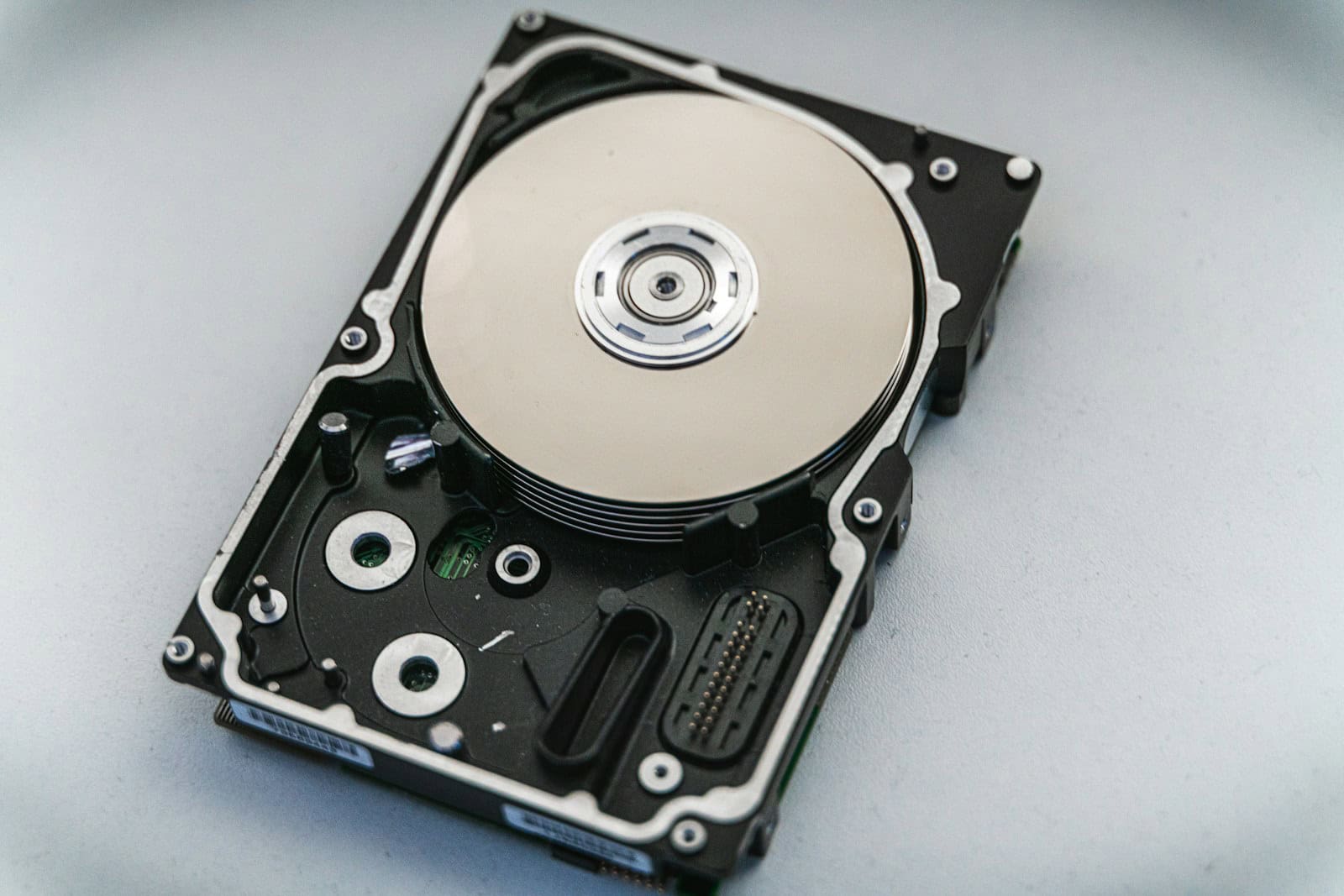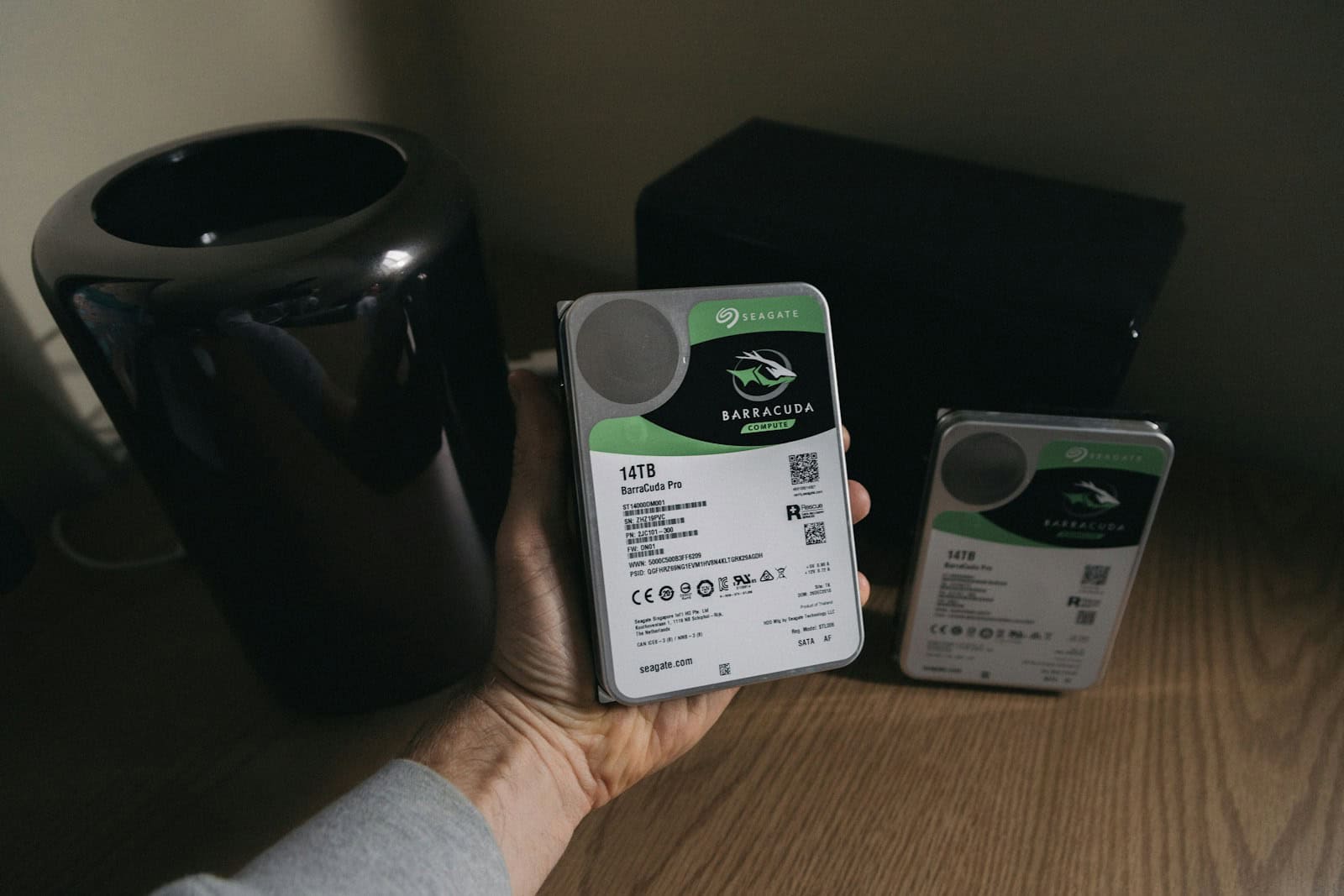Data recovery is the process of restoring lost, inaccessible, or corrupted data from various storage devices. Understanding data recovery can help individuals and businesses prevent and manage data loss effectively. Data loss can occur due to hardware failure, accidental deletion, or software corruption. Knowing the basics can save time and reduce stress.
When data is lost, recovery tools can often retrieve it. These tools work on different devices such as hard drives, CDs, DVDs, and smartphones. Data recovery software has advanced features, making it possible to recover data from nearly any type of storage. Cost can vary, depending on the complexity of the recovery needed.
Data recovery involves several steps which might include running specialized software, or in some cases, consulting professional recovery services. Some tools are free, while others may have a cost. It’s also wise to have a backup plan to avoid data loss in the first place. Knowing how to handle data loss can make a big difference.
Data Recovery: Your Questions Answered
Data loss can be a stressful experience, but understanding your options can help you navigate the process. Let’s tackle some common questions about data recovery:
What are the common causes of data loss?
Data loss can occur due to various reasons, including:
- Accidental deletion: Mistakenly deleting files or formatting drives.
- Hardware failure: Hard drive crashes, SSD malfunctions, or other physical damage.
- Software corruption: Virus attacks, malware infections, or operating system errors.
- Natural disasters: Fires, floods, or power surges can damage devices and data.

Can I recover data myself?
In some cases, yes. If you’ve accidentally deleted files, you might be able to restore them from the Recycle Bin (Windows) or Trash (Mac). You can also try using data recovery software, but be cautious as using such software incorrectly can sometimes worsen the situation.
When should I seek professional data recovery services?
If you’re dealing with physical damage to your storage device or suspect serious software corruption, it’s best to consult a professional data recovery service. They have specialized tools and expertise to handle complex data loss scenarios.
How much does professional data recovery cost?
The cost varies depending on several factors, including:
- Type of device: Recovering data from a hard drive might cost differently than recovering from a smartphone.
- Extent of damage: More severe damage usually translates to higher recovery costs.
- Urgency: Expedited recovery services might come with additional fees.
- Service provider: Different providers have varying pricing structures.
It’s best to get quotes from multiple reputable data recovery services to compare costs.
How can I prevent data loss in the future?
Taking proactive measures can significantly reduce the risk of data loss:
- Regular backups: Back up your important data regularly to an external hard drive, cloud storage, or another secure location.
- Antivirus and anti-malware software: Use reliable security software to protect your devices from threats.
- Careful handling: Handle your devices with care to avoid physical damage.
- Software updates: Keep your operating system and software updated to minimize the risk of bugs and vulnerabilities.
Remember, prevention is always better than cure. By being proactive, you can protect your valuable data and save yourself from potential headaches down the road.
Key Takeaways
- Data recovery restores lost or corrupted data from devices.
- Recovery tools work on many types of storage like hard drives and CDs.
- Costs vary; having a backup plan is essential.
Understanding Data Recovery
Data recovery involves restoring lost data from damaged, corrupted, or inaccessible storage devices. It relies on specialized software and procedures to recover important information.
Common Causes of Data Loss
Data loss can occur for many reasons. Accidental deletion is very common. Users might delete important files thinking they no longer need them. Hard drive failure is another major cause. Hard drives can fail due to mechanical problems, electrical issues, or firmware corruption. Malware and ransomware attacks can also lead to data loss. Such malicious programs can encrypt or destroy data. Physical damage from dropping a device or exposure to water can make data inaccessible. Lastly, issues with the operating system or file system corruption can result in lost data.
Data Recovery Process
The data recovery process usually starts with an evaluation. Experts or software assess the damage and identify the best recovery method. In severe cases, specialized services might be needed in a cleanroom. During the process, engineers work to repair any physical damage and retrieve the data. This involves using data recovery software to scan the storage device and locate recoverable files. If the drive makes unusual sounds like clicking or beeping, immediate action is needed to prevent further damage. Once the data is recovered, it should be backed up to prevent future loss.
Types of Storage Devices
Data can be recovered from various storage devices. This includes hard drives (HDDs), which are common in computers and laptops. Solid-state drives (SSDs) are also popular due to their speed and durability. External hard drives and flash drives (like USB drives) are used for portable storage. SD cards are often used in cameras and smartphones. Each of these devices can have different issues and require specific techniques for recovery. RAID systems, used for data redundancy, also sometimes need recovery services. Knowing the type of storage device helps choose the right recovery method.







